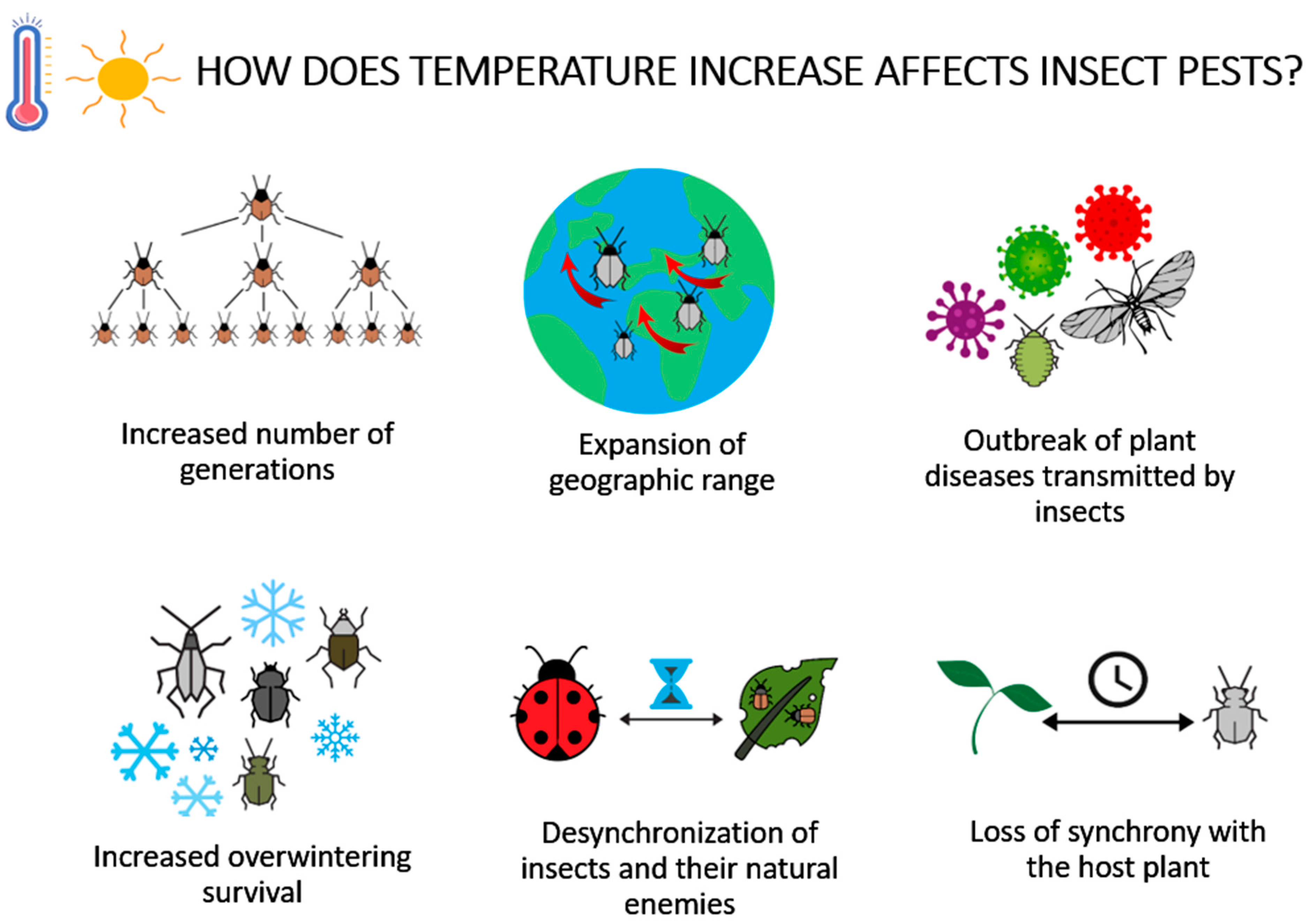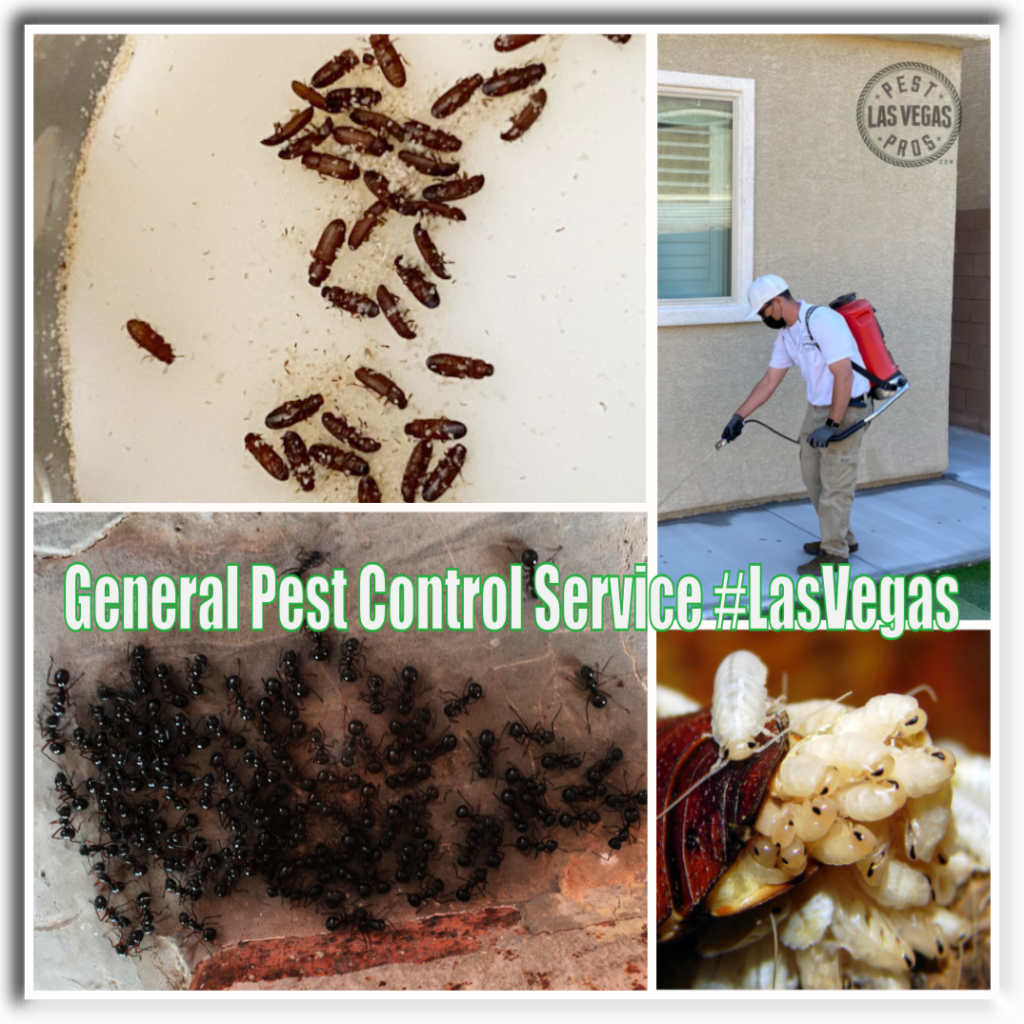Getting The Eco Bed Bug Exterminators Dc To Work
Getting The Eco Bed Bug Exterminators Dc To Work
Blog Article
Everything about Eco Bed Bug Exterminators Dc
Table of Contents7 Easy Facts About Eco Bed Bug Exterminators Dc DescribedThe Ultimate Guide To Eco Bed Bug Exterminators DcSome Known Details About Eco Bed Bug Exterminators Dc An Unbiased View of Eco Bed Bug Exterminators DcWhat Does Eco Bed Bug Exterminators Dc Mean?
Because pesticides are poisonous, they are also possibly hazardous to people, pets, various other organisms, and the environment. Consequently, individuals that make use of pesticides or on a regular basis been available in contact with them must understand the relative poisoning, potential wellness results, and preventative steps to minimize direct exposure to the items they use. Threat, or danger, of using pesticides is the possibility for injury, or the degree of threat included in making use of a pesticide under a given set of conditions.
Nonetheless, applicators can lessen or virtually remove direct exposure-- and hence decrease danger-- by adhering to the label guidelines, utilizing personal safety apparel and devices (PPE), and dealing with the chemical correctly. For example, greater than 95 percent of all chemical direct exposures originate from facial direct exposure, primarily to the hands and forearms. By wearing a set of unlined, chemical-resistant gloves, this sort of exposure can be nearly removed.
The hazardous impacts that take place from a single exposure by any path of access are termed "intense results." The four paths of exposure are dermal (skin), breathing (lungs), oral (mouth), and the eyes. Intense poisoning is figured out by analyzing the facial poisoning, inhalation toxicity, and dental poisoning of guinea pig.
All about Eco Bed Bug Exterminators Dc
Acute toxicity is determined as the quantity or focus of a toxicant-- the a.i.-- called for to kill 50 percent of the pets in a test populace. This step is typically shared as the LD50 (dangerous dosage 50) or the LC50 (lethal concentration 50). Furthermore, the LD50 and LC50 worths are based upon a solitary dose and are recorded in milligrams of pesticide per kilogram of body weight (mg/kg) of the examination pet or partially per million (ppm).
The lower the LD50 or LC50 value of a pesticide product, the better its toxicity to people and animals. Chemicals with a high LD50 are the least poisonous to humans if made use of according to the instructions on the product label. The chronic poisoning of a chemical is identified by subjecting guinea pig to long-term direct exposure to the active component.
The chronic toxicity of a pesticide is extra challenging than intense toxicity to identify via research laboratory analysis. Products are categorized on the basis of their family member severe poisoning (their LD50 or LC50 worths). Pesticides that are identified as highly harmful (Toxicity Category I) on the basis of either oral, dermal, or inhalation poisoning need to have the signal words DANGER and toxin published in red with a skull and crossbones sign plainly showed on the front panel of the package tag.
The intense (single dosage) dental LD50 for pesticide items in this group varies from a trace total up to 50 mg/kg. As an example, direct exposure of a few decreases of a material taken orally can be fatal to a 150-pound person. Some pesticide items have simply the signal word risk, which informs you absolutely nothing regarding the acute poisoning, simply that the item can create extreme eye damage or serious skin inflammation
The Ultimate Guide To Eco Bed Bug Exterminators Dc
In this category, the intense dental LD50 varieties from 50 to 500 mg/kg. A teaspoon to an ounce of this product might be deadly to a 150-pound individual (exterminator DC). Chemical products classified as either slightly poisonous or reasonably harmless (Toxicity Classifications III and IV) are called for to have the signal word care on the chemical label

All pesticide toxicity values, consisting of the LD50, can be discovered on the item's Product Safety and security Data Sheet (MSDS) - bed bug spray. Chemical tags and MSDS can be gotten from retailers or produces. In enhancement, many products also have info that can be located online. The symptoms of pesticide poisoning can vary from a light skin irritability to coma or also death.
Because of prospective wellness issues, pesticide users and handlers should acknowledge the usual indications and signs of chemical poisoning. The effects, or signs, of chemical poisoning can be broadly specified as either topical or systemic.
Eco Bed Bug Exterminators Dc Can Be Fun For Everyone
Dermatitis, or inflammation of the skin, is approved as the most typically reported topical result associated with chemical exposure. Some individuals tend to cough, wheeze, or sneeze when subjected to pesticide sprays.
This symptom usually subsides within a few mins after a person is removed from the exposure to the toxic irritant. However, you could try this out a reaction to a pesticide product that creates a person not only to sneeze and cough yet also to develop extreme intense breathing symptoms is most likely to be a true hypersensitivity or allergic reaction.
Systemic results are fairly various from topical impacts. They usually take place away from the initial factor of contact as an outcome of the pesticide being taken in into and dispersed throughout the body.
Report this page